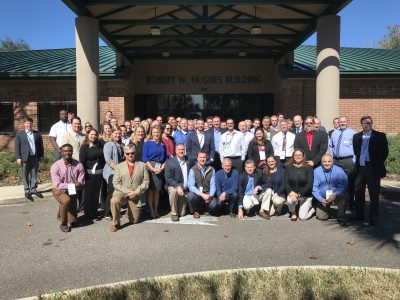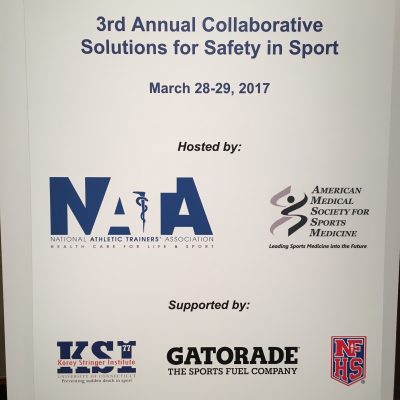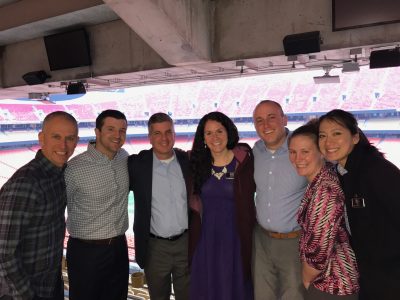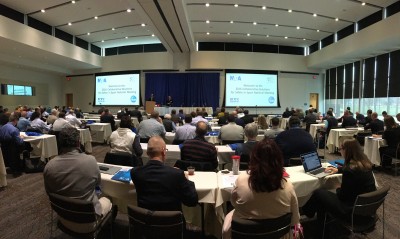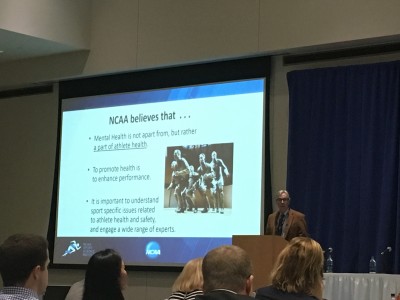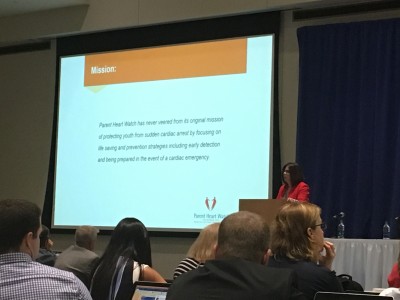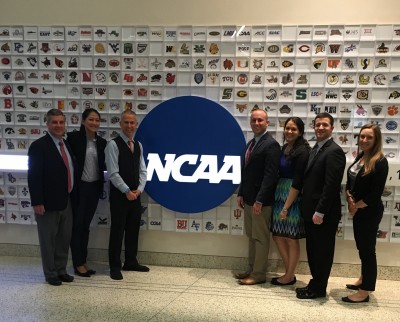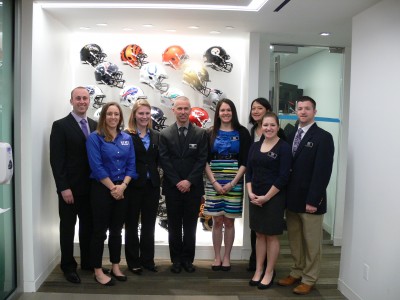SAMANTHA SCARNEO, PHD, ATC
VICE PRESIDENT OF SPORT SAFETY
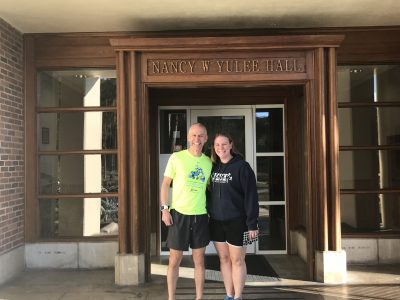
Last week, Dr. Casa and I were fortunate to attend the 2018 Collaborative Solutions for Safety in Sport (CSSS) meeting for the state of Florida. Stemming from the national CSSS meeting, the goal for this meeting was to implement the best practice policies at a state level for high school athletes. This same meeting occurred in 2017, and while the program was educational and facilitated some changes, the ultimate goal of the current meeting was to bring well thought-out policies to the sports medicine advisory committee and board of directors to pass. While this program was meant educational, it was not meant to be continuing education; rather a workshop with the goal to create and fully vet the wording of policy to be implemented by the Florida High School Athletics Association.
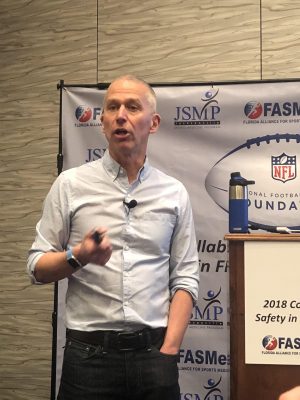
The program, designed and facilitated by Bob Sefcik, ATC, included dinner and a keynote address from Dr. Casa on Monday evening. Dr. Casa’s presentation provided context to the reasoning behind and the methodology utilized for the creation of the policy rubric and the rankings. Starting bright and early on Tuesday, the meeting was kicked off by Dr. George Canizares and Dr. Casa who discussed the current policies and stated that the current meeting was held based on the foundation that was laid in the 2017 meeting. They also noted that the goal of this meeting was to leave with written policy language.
Following the morning speakers, we heard from two families whose children suffered catastrophic injuries while playing high school sports in Florida. Courtney Sapp’s son, Payton, suffered a catastrophic head injury while participating in a junior varsity football. She described the pain and long-term consequences that not only Payton, but her entire family has ensued since his injury. Lori and Ed Giordano’s son, Zach Martin, suffered a fatal exertional heat stroke during a football practice in the summer of 2016. Unfortunately, in both cases, there was no athletic trainer present to care for the safety of the student athletes. Further, the families advocated for increased education of sport related injuries such as concussion, exertional heat stroke, and cardiac arrest. They charged the members in attendance to remember their stories and to do everything in their power to make sports safer.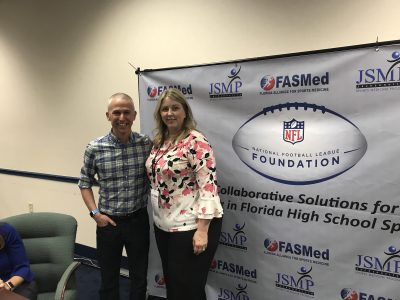
For the purpose of this meeting, there were five specific areas to focus on creating policies for – cold-water immersion, environmental monitoring, concussion, coach education, and minimal expectations for high schools. Each topic area had its own break-out group with a variety of stakeholders (athletic trainers, physicians, administrators, coaches, and parents) represented in each meeting. Prior to the start of the meeting, a white paper document corresponding to the group you were assigned were disseminated, and thus a majority of the discussion surrounded the material provided on this white paper. I was fortunate to facilitate the Environmental Monitoring group with Dr. Seth Smith. Having tangible, realistic goals of creating specific wording for policies from the breakout sessions allowed for a focused message and resulting actionable items for the sports medicine advisory committee (SMAC) to discuss at their meeting that night.
I was honored to be invited to the SMAC meeting that evening to provide additional insight and expertise, if needed. The members of the FHSAA SMAC are a very professional, determined and organized with the common goal of wanting to improve the health and safety standards for student athletes. I was very grateful for the invitation, and thoroughly enjoyed listening to the discussions that occurred.
To conclude, it was remarkable to see the amount that can be accomplished when key stakeholders within a state, with a common goal, collaborate to improve the current standards. It is truly a team effort and the comradery between the members in attendance was aspiring to be a part of. The policy ranking project was meant to be a project to help states identify areas of strengths and areas of improvement. We are excited to see states such as Florida take the findings of the project and use it as ignition to help improve the safety for our athletes. We fully believe that through policy change at the state level, and thus influencing the local implementation, that we can significantly reduce the amount of catastrophic injuries.
I would like to reiterate our deepest gratitude to Bob Sefcick for his generosity, helpfulness and invitation for Dr. Casa and I to participate in this event. We would also like to thank George Tomyn and the FHSAA for hosting the meeting.
